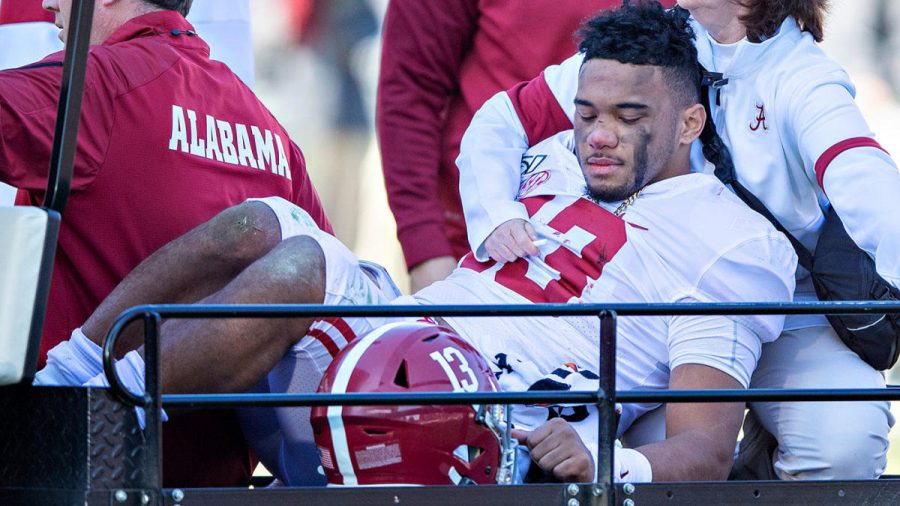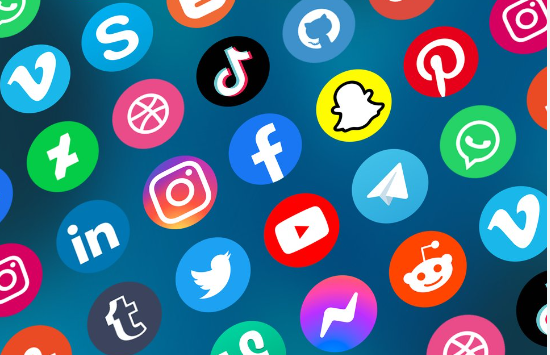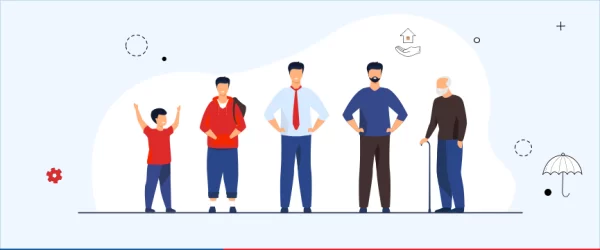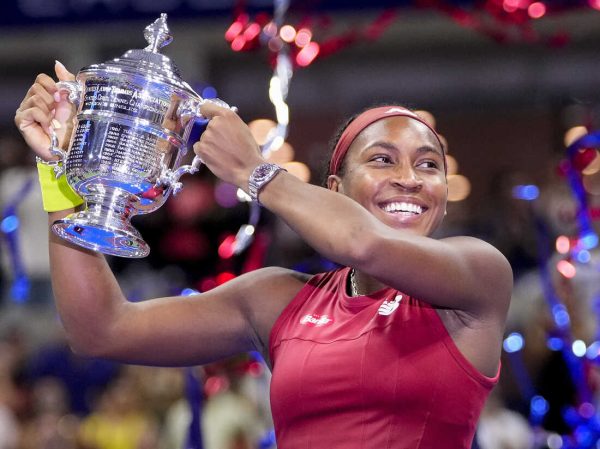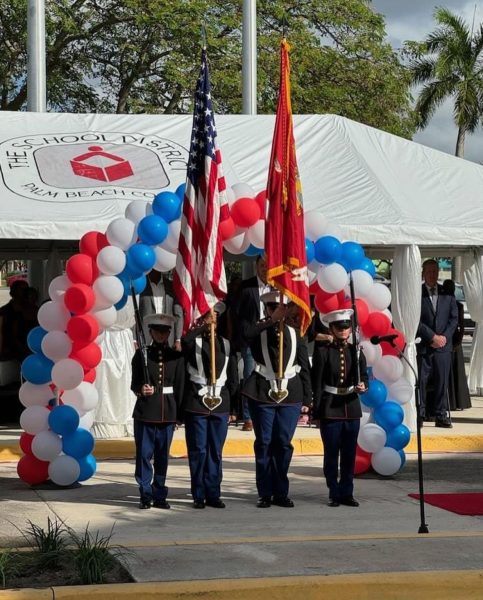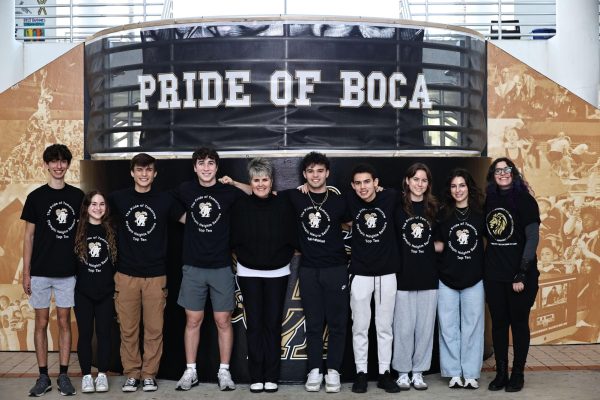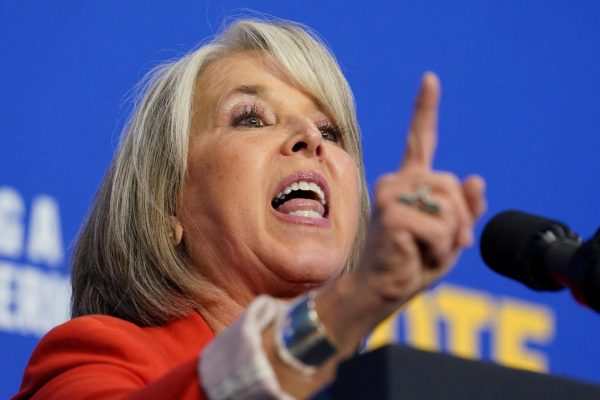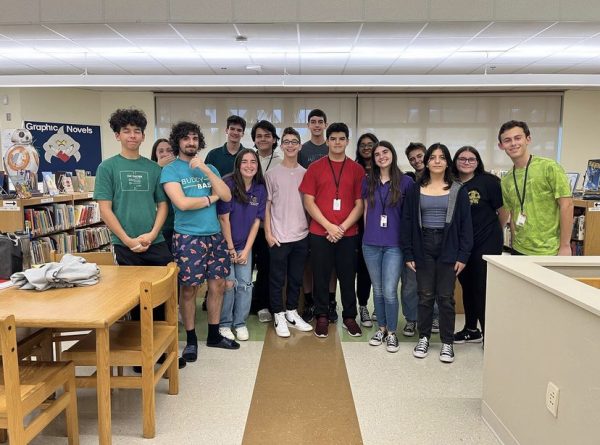College athletes are often burdened with the medical costs for sport-incurred injuries
Injuries to college athletes, such as the season ending hip injury Alabama quarterback Tua Tagovailoa suffered in 2019, can be very costly for the player on several different levels.
The National Collegiate Athletic Association (NCAA) is the organization that determines all rules and regulations for all college sports, ranging from what coaches can do when recruiting players to individual requirements that all players must follow, up to submitting to a drug test. Despite everything that is controlled by the NCAA, they have a lack of rules that could potentially negatively impact a player’s livelihood after they leave the college arena. Specifically, the NCAA does not guarantee healthcare for players and does not require colleges to be the primary service of healthcare for the student-athletes.
According to the NCAA official website, “NCAA bylaws require that student-athletes be covered by an insurance policy for athletically related injuries with coverage limits of at least $90,000 – at which point the NCAA catastrophic injury insurance program provides coverage. But they do not require that schools offer insurance.” The organization conducted a survey, to which 232 colleges responded, to determine how many student-athletes have to pay out of pocket for injuries. The survey found that 30 percent of Division I schools do not provide healthcare for their players because they do not have to be the primary health care provider.
This rule applies to all colleges regardless of whether it’s a Division I, II, or III school; however, the NCAA tries to prevent as many injuries and health problems as possible to help prevent the student/athlete from incurring healthcare costs. For instance, Division I and II schools are required to give unlimited food to all their players to prevent things like malnutrition or low energy levels. All divisions are also required to provide on-campus physicians to assess a player’s ability to play. The NCAA also makes it clear that if an on-campus physician determines a player is unfit to play, then that player cannot do so until they are cleared.
Despite all of this effort, players are still negatively impacted by the lack of incentive for colleges to pay for any or all medical bills. Players on scholarship are less likely to have their medical costs covered by their universities. This means those athletes could lose their scholarships because of their inability to play, possibly leading to not being able to complete their education and losing the opportunity to go play their sport professionally.
The NCAA has also created a loophole in their rules about insurance. Any external costs that are not injury related are paid out of pocket by the athletes or their families. Only 53 percent of Division I schools will pay a partial cost, and 57 percent will not pay at all. The only way the NCAA will involve itself in helping to defray medical expenses due to an injury is if the medical bills exceed $90,000. Colleges are also not required to pay for injuries once a student graduates, which could leave those with lingering effects from injuries a lifetime of medical bills to deal with.
The big question for a major college institution is whether or not offering insurance can affect recruitment. Universities are realizing that they have a better chance of landing that prize recruit if they do offer some sort of medical coverage for injuries.
The NCAA does not seem to be attempting to change the rules to improve this situation for its student/athletes. The previous threshold for the NCAA to pay for catastrophic injuries was $75,000 but was raised to the $90,000 mark. This number could potentially increase because of a new bill in California, passed this year, that allows players to hire agents and earn money from their endorsements.
If players begin to earn money because of how they brand themselves it will change the business model of NCAA and beg the question, what will the NCAA have to provide or withhold from its student-athletes now?


